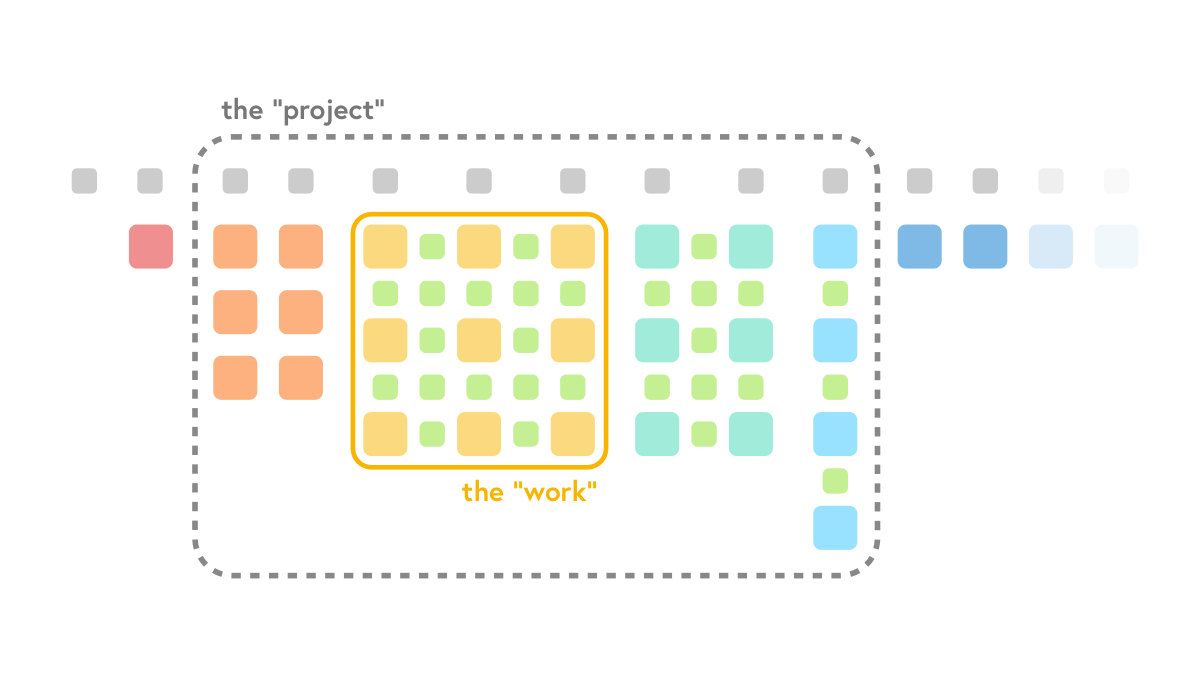In 2025, UX design is heavily influenced by AI, personalization, and the need for seamless, intuitive interactions across various platforms and devices.
Designers are focusing on hyper-personalization, voice interfaces, and accessibility, while also grappling with ethical considerations surrounding AI and data privacy.
UX in 2025 isn’t about looking good.
It’s about layering the right principles so your product survives real-world … Read the rest
